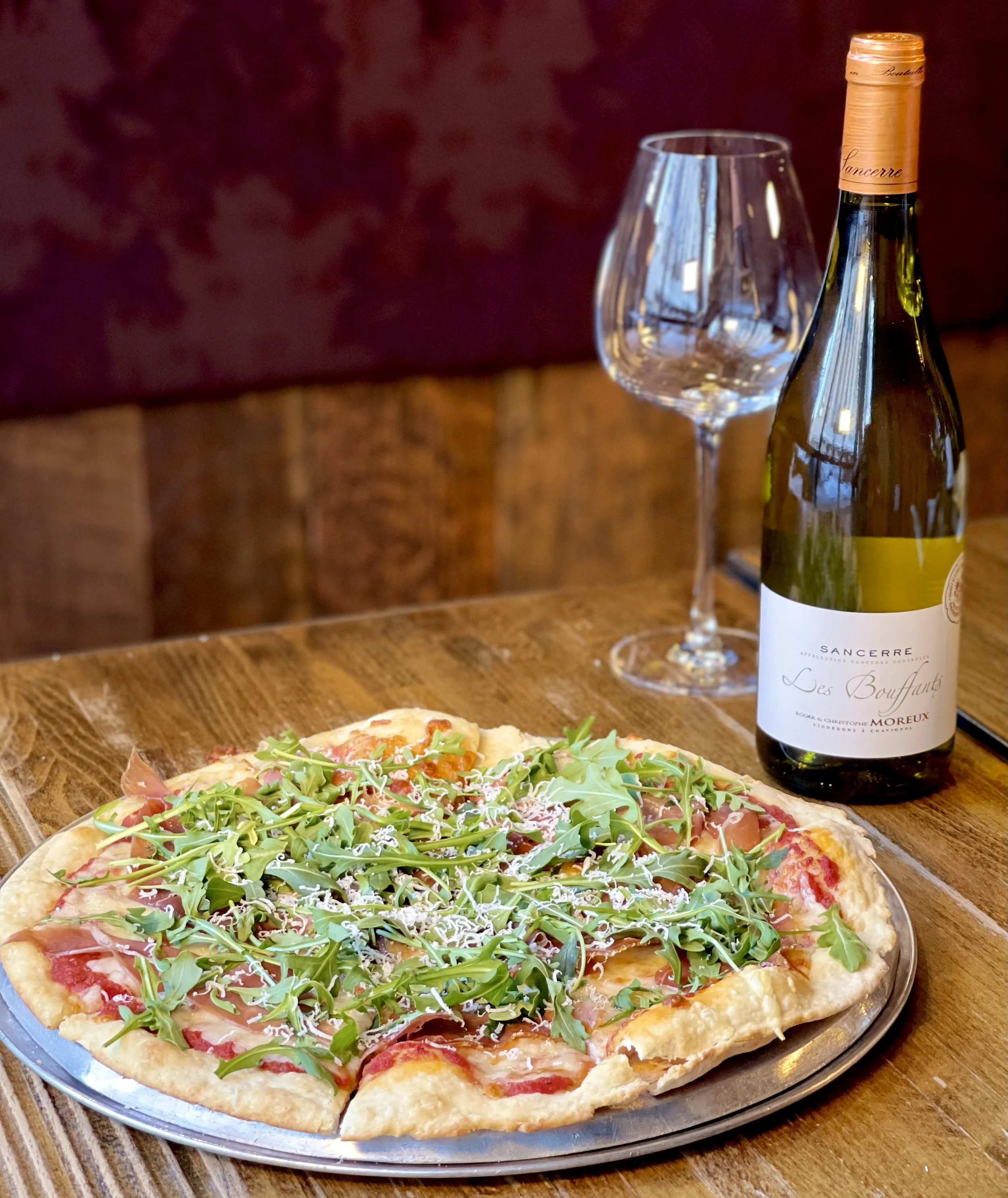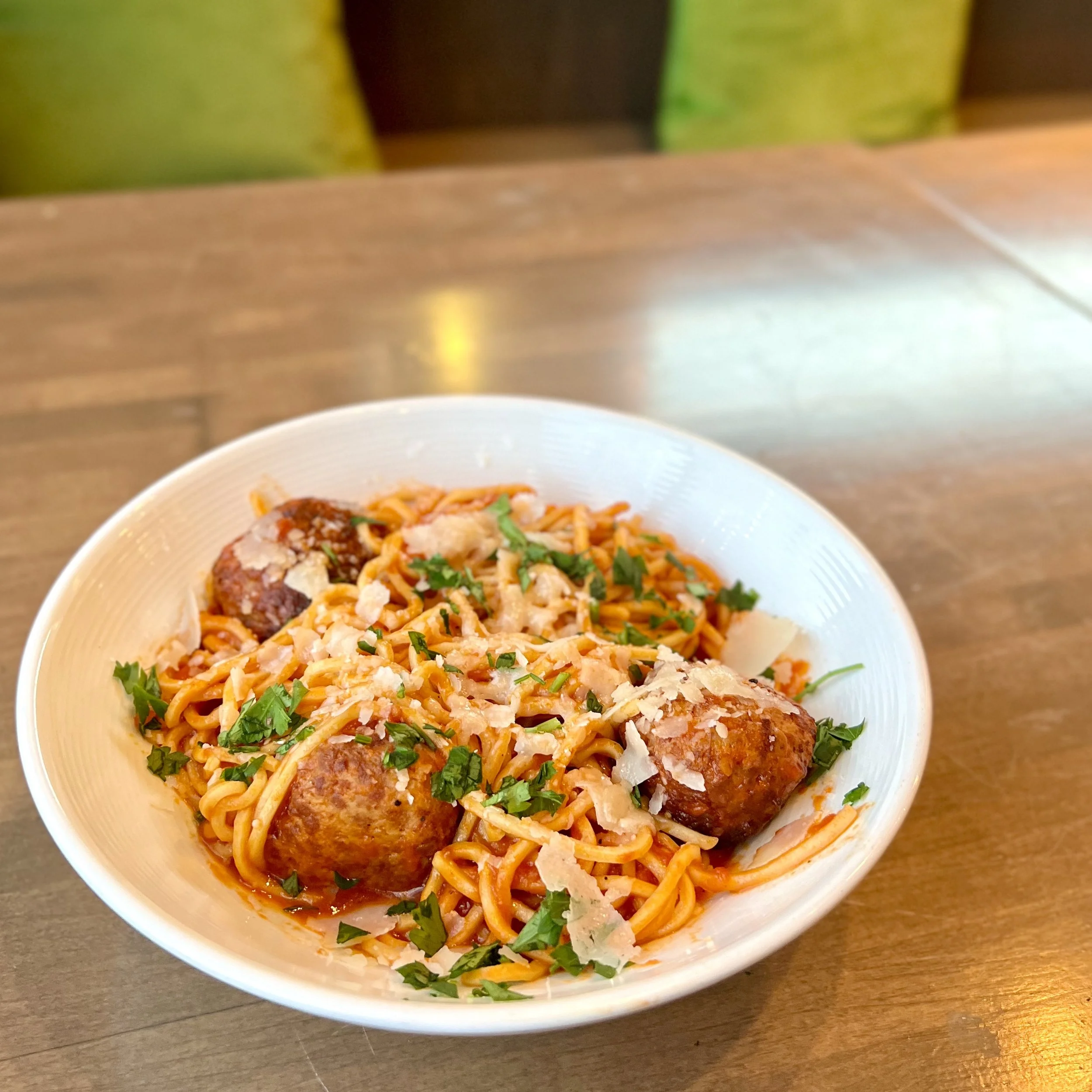The world of drink pairing is as vast as the wine-dark sea. It’s an art, really, to be able to pick the perfect combination of liquid and solid. Where do you start? There may not be a wine for everything, and it may ultimately be up to your personal tastes, but it’s certainly an endeavor worth pursuing. Here are a few tips on which wines go best with what.
Glasses of red and white wine.
Before you choose a wine
Remember what the goal is: to balance a meal. One flavor should not overtake the other. Ideally, your wine either amplifies a subtler note of the dish, or provides a contrast—a relief to the main element of the food. A good place to start is to identify the most prominent taste of the dish. Keep in mind it might not be the most abundant ingredient. It’s often recommended to consider the sauce instead of the type of meat or protein that forms the base of the dish. For example, chicken in a mushroom sauce presents something completely different than chicken in a tomato sauce. A good trick is to run through these six major flavors each time you consider a pairing: salty, sweet, acidic, fatty, spicy, and bitter.
Pizza topped with arugula and prosciutto and a bottle of Sauvignon Blanc.
Pizza
In general, the cheese-heavy flavor of pizza goes great with an acidic Red Zinfandel or Sauvignon Blanc to balance out some of the fattiness. If your pizza is topped with a hearty meat—think red meats like bacon or sausage—go for a Cabernet. This is a peppery wine that will amplify those flavors in your meat. For a more piquant meat, like pepperoni, try a Pinot Noir, which is less acidic and competes less with the spiciness. If the pizza is veggie-heavy, consider a Chardonnay. Fruity flavors in the wine reference the earthiness of the vegetables, but balance it with a refreshing lightness.
Spaghetti with meatballs and parmesan cheese.
Pasta
Check the sauce. For red sauce, Cabernet Sauvignon is a hard hitter. This wine meets the acidity of the tomatoes halfway and complements it spectacularly. For mushroom sauce, choose a Pinot Noir to amplify the earth notes. Lemony seafood pasta almost demands Chardonnay, balancing delicate lightness with intense flavor. Creamy or cheesy sauces would be a great excuse to showcase a Rosé, with a sweetness and acidity that elegantly opposes the buttery elements of the dish.
Prawn risotto. (Source: Flickr)
Risotto
A rich risotto, cooked with love to perfect attention to detail, is elevated by Zinfandel, which complements the creamy, comforting satisfaction of this classic Italian rice dish.
Avocado and kale salad.
Salad
Tart, light salad dressing goes well with Sauvignon Blanc, which is piquant in its own right. Tanginess, zing, and brightness are key elements here.
Chicken in a creamy asparagus sauce.
Proteins
Seafood
Light goes with light here. Combining Pinot Grigio and grilled or marinated seafood keeps things delicate.
Chicken
Chicken has an inoffensive base flavor that is often used in spice-heavy dishes showcasing complex, aromatic combinations of ingredients. Grab some Syrah to finish out this complexity. If it’s a super-hot situation—think level 7 and above, spice-wise—a Riesling has a sweetness that can tone it down a little and emphasize the sugar element of the dish.
Beef
Hands down, Cabernet for red meat like beef. There’s a reason this one is tried-and-true: rich wine and rich food create an incredible dining experience.
Pork
Pork is potentially the saltiest of the meats. Sparkling wine with its sweetness tones down any overpowering saltiness and complement many pork dishes wonderfully.
Wines of all kinds.
Commit this to memory
Red wines have more bitterness due to their high tannin content. White and rosé wines have more acidity, and sweet wines are, well, sweet. Do with that what you may!











